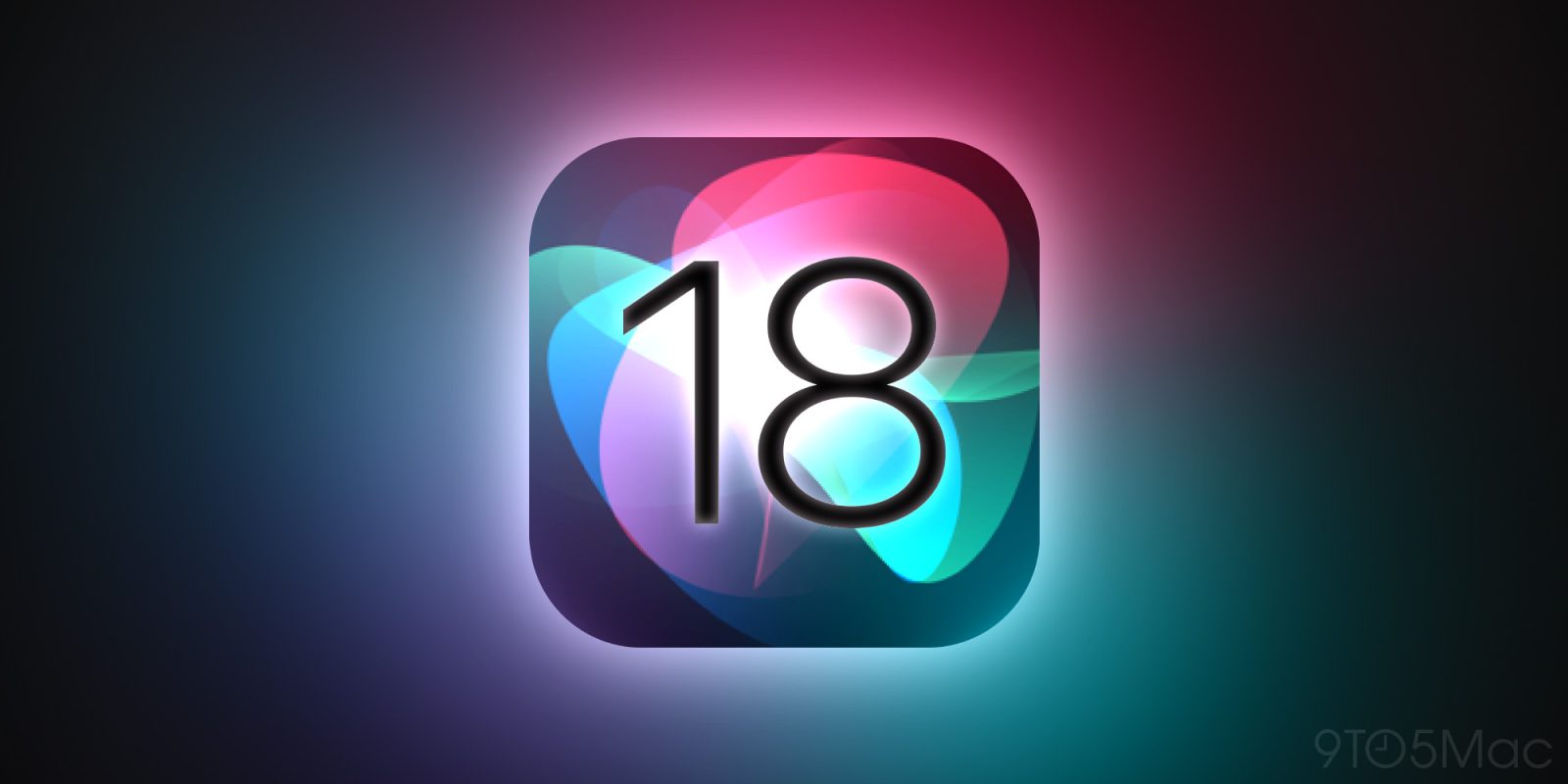
Another day, another case of Apple stoking the growth fire on Wall Street with the magical two letters: AI.
Tim Cook’s shareholder meeting comments about Apple breaking new ground for AI this year were intended to excite investors. According to one analyst, however, the market has not been persuaded by promises. Still, they make the case for one investors should be optimistic about the company’s revenue growth with AI.
Meanwhile, Apple has found new ways to market existing silicon using AI. The term AI, not the technology, that is.
AI-fueled growth
Gene Munster, who is the managing partner at Deepwater Asset Management, characterizes today’s AAPL stock drop as a vote of no confidence from investors over Apple’s AI strategy:
$AAPL is down 3% today because investors are voting they have limited confidence in their AI strategy. By now it’s become clear that this June we will see their first foundation model, something that will compete with GPT, Gemini, xAI, Anthropic. The part that is not known is what does a foundation model mean for Apple’s business?
However, Munster predicts that Apple AI still has the potential to move the ball forward from a revenue perspective:
AI can move the earnings needle. Apple has 2.2B active devices, which I estimate are owned by 1.4B active users. If 20% of Apple’s active base subscribe to an AI product (personalized AI) at $10 a month, that’s $33B a year in 80% margin revenue, which would increase operating income by 16%. ($155B in operating income in CY23).
He likens the potentially shortsighted view by investors to a similar situation with Meta when the longview was out of focus:
AAPL stock action this year reminds me a little of when in the fall of 2022 investor concern that Meta would lose share to TikTok pressured the stock to $100. In the end, these products (Meta, Google Search, Microsoft Office and Apple Services) are sticky in the long-term.
AI hype
So what do we actually expect from Apple in the AI category this year?
Last week, Apple CEO Tim Cook said he believes Apple will “break new ground” on generative AI this year. A few weeks prior, Cook promised Apple AI announcements coming later this year — likely WWDC in June. That’s when iOS 18 will be unveiled, which Mark Gurman at Bloomberg has frequently reported will focus on AI features.
And last fall, Apple briefly mentioned generative AI when it introduced new auto-correct and text prediction features across its platforms.
Artificial Intelligence has long been a focus of the company, of course. In recent years, Apple has marketed the neural engine component of Apple silicon chips. Features that use the neural engine have been described as ML, or machine learning, but Apple is privy to the lingo change.
AI, AI, AI
Just this morning, Apple released a press release that describes the M3 MacBook Air as the best consumer laptop for AI. (It uses the same M3 chip as the late 2023 14-inch MacBook Pro for a few hundred dollars more.)
And Apple isn’t just doing a find-and-replace on ML to AI. Generative AI is fueling the last 12 months of AI hype, and Cook specifically called out generative AI in recent comments. The quickly advancing category of AI is also name dropped in the MacBook Air press release.
So on one hand, we have Apple highlighting features that we don’t really think of as AI since generative AI took our attention:
Leveraging this incredible AI performance, macOS delivers intelligent features that enhance productivity and creativity, so users can enable powerful camera features, real-time speech to text, translation, text predictions, visual understanding, accessibility features, and much more.
But there is also this paragraph:
With a broad ecosystem of apps that deliver advanced AI features, users can do everything from checking their homework with AI Math Assistance in Goodnotes 6, to automatically enhancing photos in Pixelmator Pro, to removing background noise from a video using CapCut. Combined with the unified memory architecture of Apple silicon, MacBook Air can also run optimized AI models, including large language models (LLMs) and diffusion models for image generation locally with great performance. In addition to on-device performance, MacBook Air supports cloud-based solutions, enabling users to run powerful productivity and creative apps that tap into the power of AI, such as Microsoft Copilot for Microsoft 365, Canva, and Adobe Firefly.
That more clearly describes the type of AI that Apple hasn’t delivered yet beyond being a platform under it. That’s less important when it comes to server-backed AI on the web.
Bottom line: Expectations are through the roof for iOS 18 and WWDC 2024. If we see more features like what already exist from Apple, Wall Street won’t be impressed. But if Apple really has broken new ground for generative AI as a category (and not just for Apple), well, then maybe Munster’s growth vision can be realized.
Who knows, maybe we’ll all be creating Apple Vision Pro apps by talking to Siri come June.
FTC: We use income earning auto affiliate links. More.







Comments